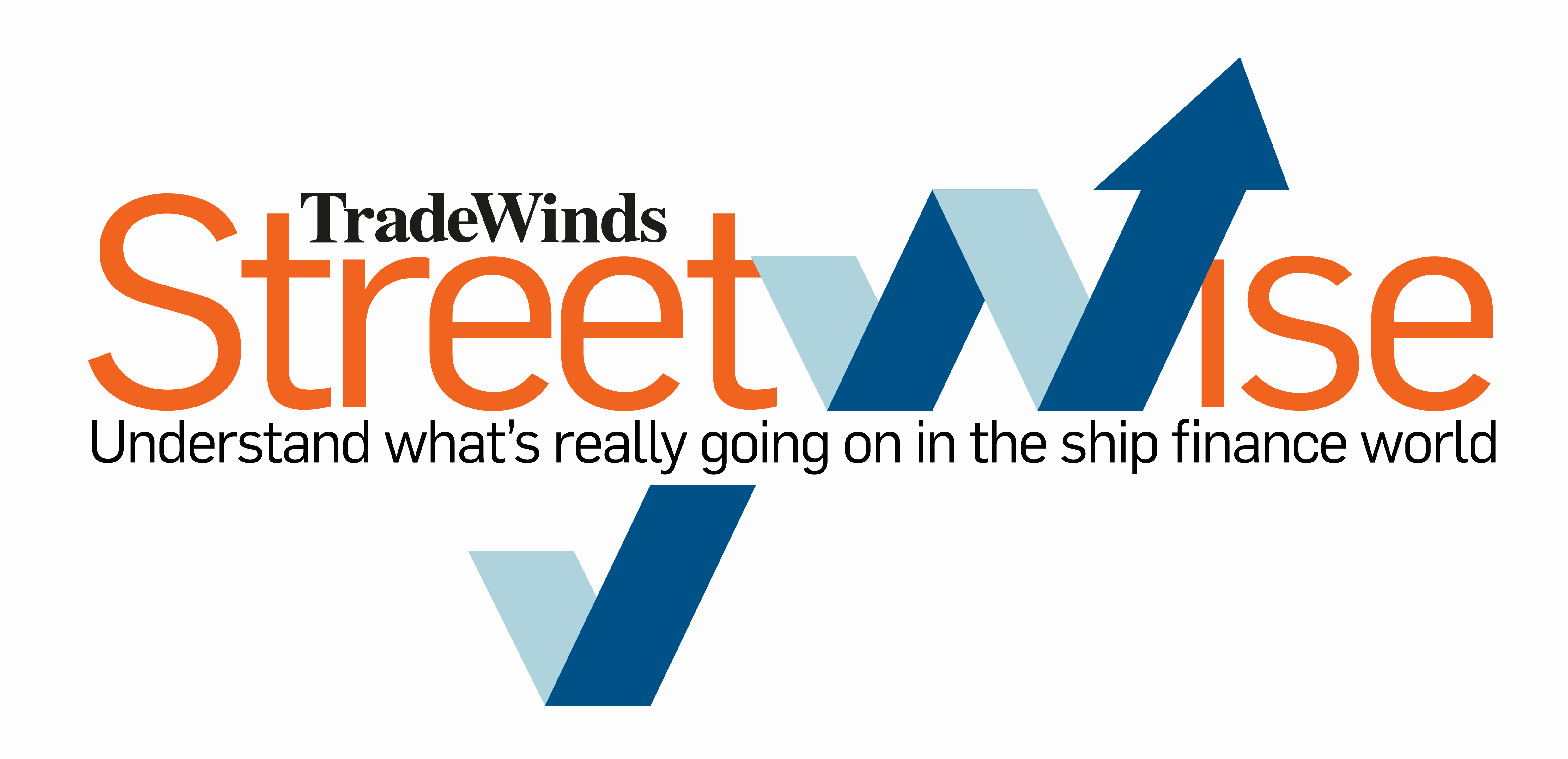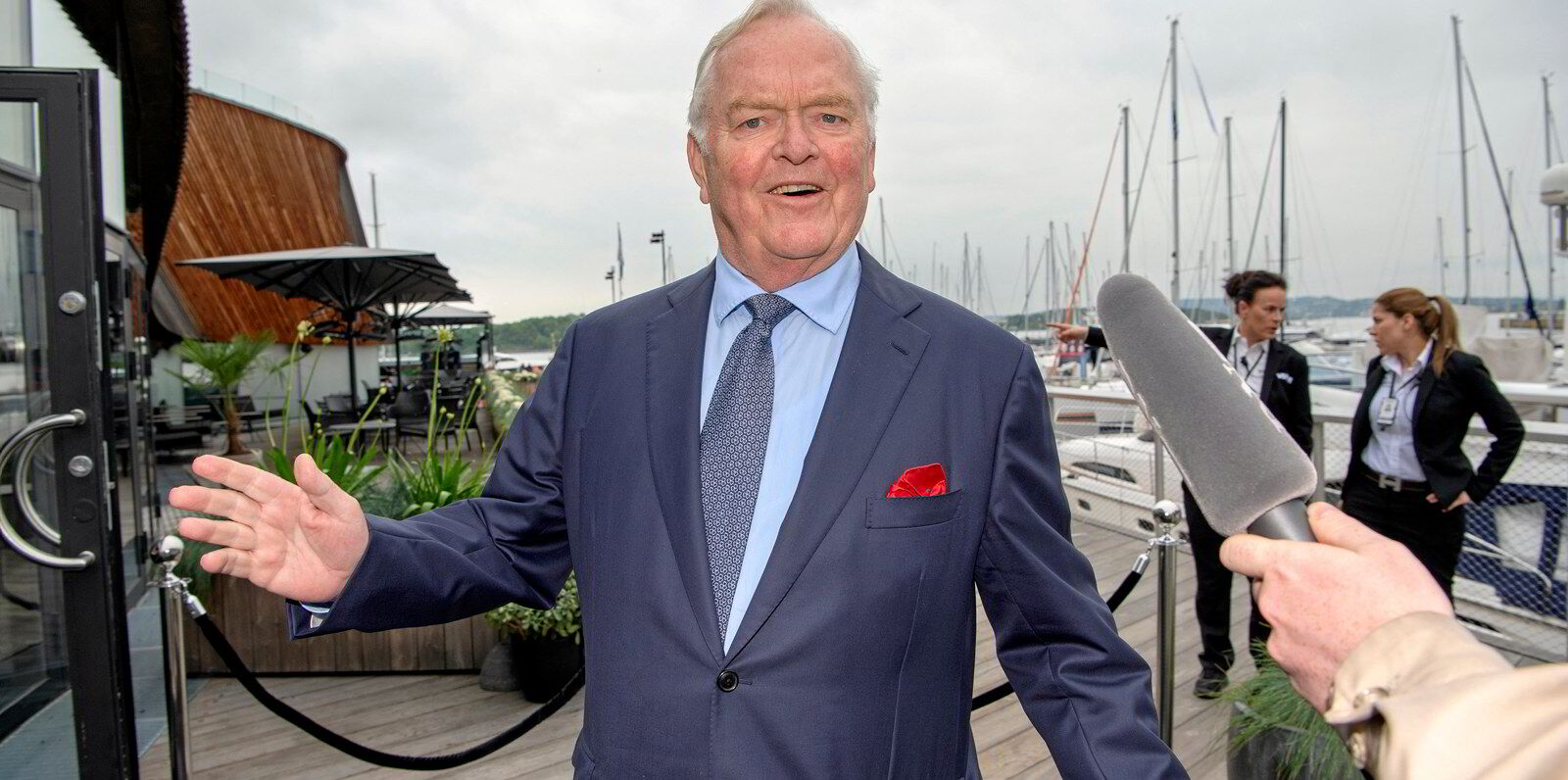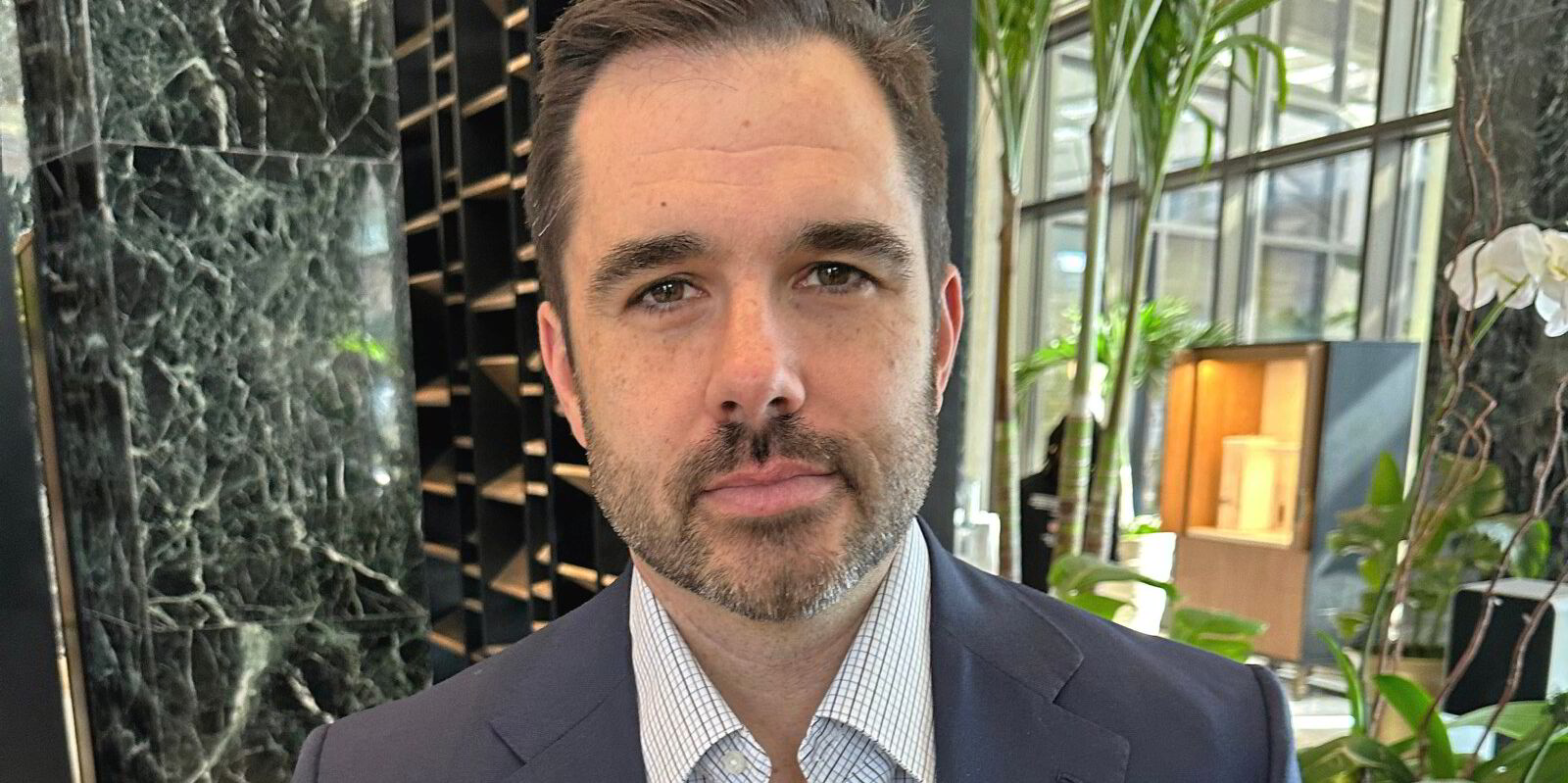The percentage of publicly listed shipowners reporting their carbon emissions has come a long way in four years, as measured by the recently released ESG Scorecard from New York’s Webber Research & Advisory.
From a starting point of just 41% when analyst Michael Webber’s outfit first measured the reporting in 2020, the number approached 90% in the scorecard released last week.
The silent seven
That still leaves seven laggards out of 64 companies rated: Harry Vafias’ StealthGas and Imperial Petroleum, the Panayotides family’s Castor Maritime and Toro Corp, Evangelos Pistolis’ Top Ships and two Norwegian names.
One of the latter is Herbjorn Hansson-led Nordic American Tankers, which has been public in the US since 1997.
NAT is also one of the few listed owners to eschew regular quarterly conference calls with equity analysts.
NAT routinely touts governance excellence in its direct communications with shareholders but is placed 53rd of the 64 Webber-rated companies.
All except NAT and Oslo-listed AMSC rank in the bottom five of Webber’s overall ESG rankings. From the bottom: Imperial, Castor, Toro, Top and StealthGas. AMSC holds the 44th position.
TradeWinds caught up with Webber this week for his views on the progress made, and what remains to be done.
“Shipping has come a long way. It’s not just those doing a baseline reporting, but also the number of companies that are engaging in more sophisticated reporting of their emissions,” Webber said.
“Still, if anything, I’m almost more surprised that it’s not everybody yet. Most of the time they have this data anyway, so it’s difficult to understand why they wouldn’t make it publicly available.”
The progress has been incremental but stalled. Webber found compliance up to 71% in 2021, 79% in 2022 and then roughly the same 90% for 2023.
The laggards largely have been unchanged, although Imperial and Toro have not been previously evaluated as they are new to the Webber scorecard this year.
Webber explained that the standard is whether a company has made a public disclosure. It would not be counted if an owner has, for example, made a private report to a government regulator, or kept data behind an internet paywall.
“We note that the level of disclosure has risen to the point that it was more efficient for us to note which companies do not disclose some form of carbon emissions within our rankings summary,” analysts said in the report.
Webber was asked about the overlap between the companies in the bottom rungs of his report and those failing to disclose emissions.
“I don’t know that I’d say there’s any causality there, but I would say it’s more along the lines of correlation,” Webber said.

“It’s probably not a coincidence that the companies not disclosing are by and large of smaller market capitalisation, in some cases legacy structures and in some cases new companies … it’s probably not surprising that there’s a correlation. I would have guessed it’s probably going to be the bottom four or five companies.”
While the Webber analysts now do what they call a “binary” judgment — whether a company has reported or not — they long have discussed rating the actual quantity of emissions.
While that remains a discussion, it is looming more likely that Webber will stick to the binary approach going forward, the analyst said.





